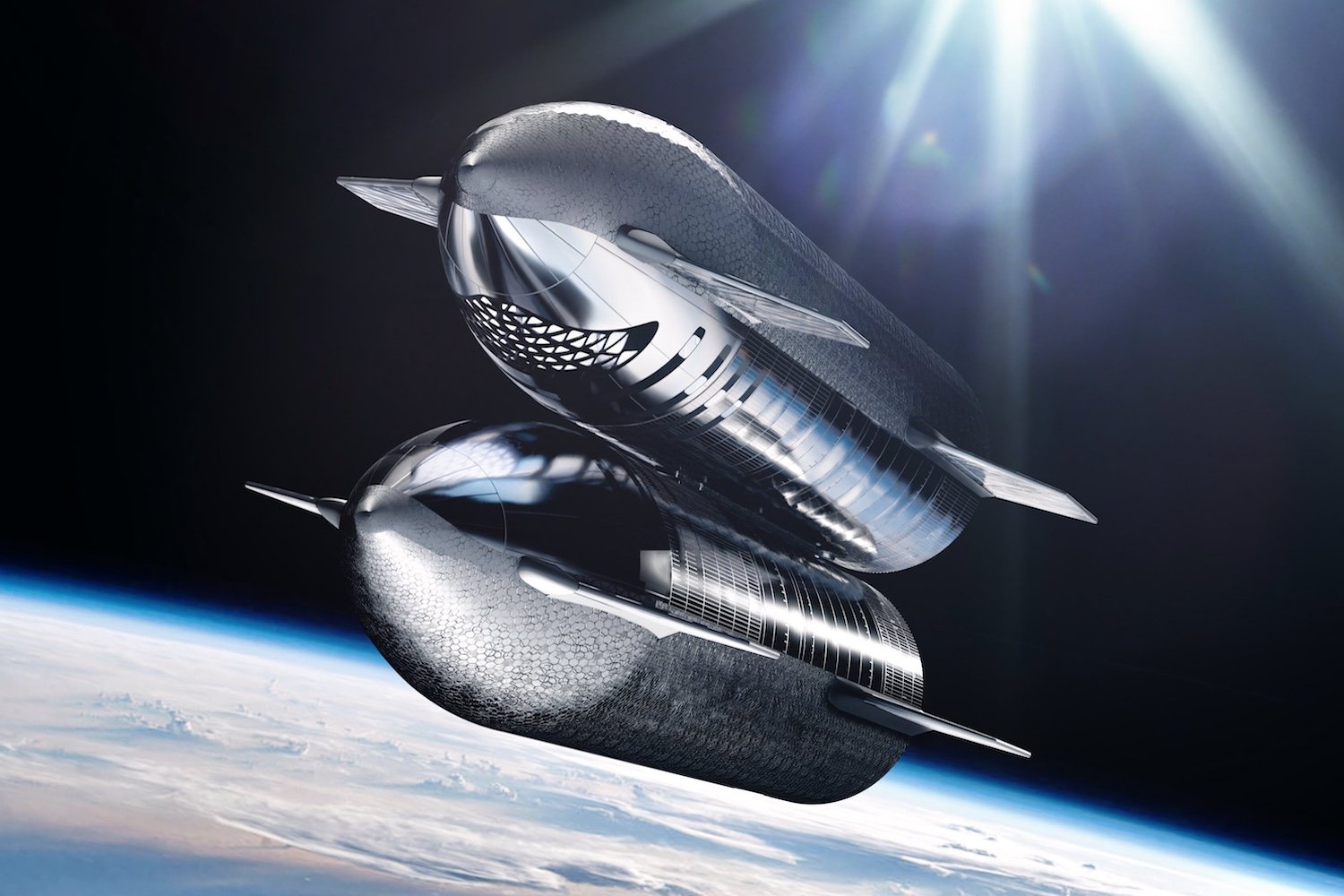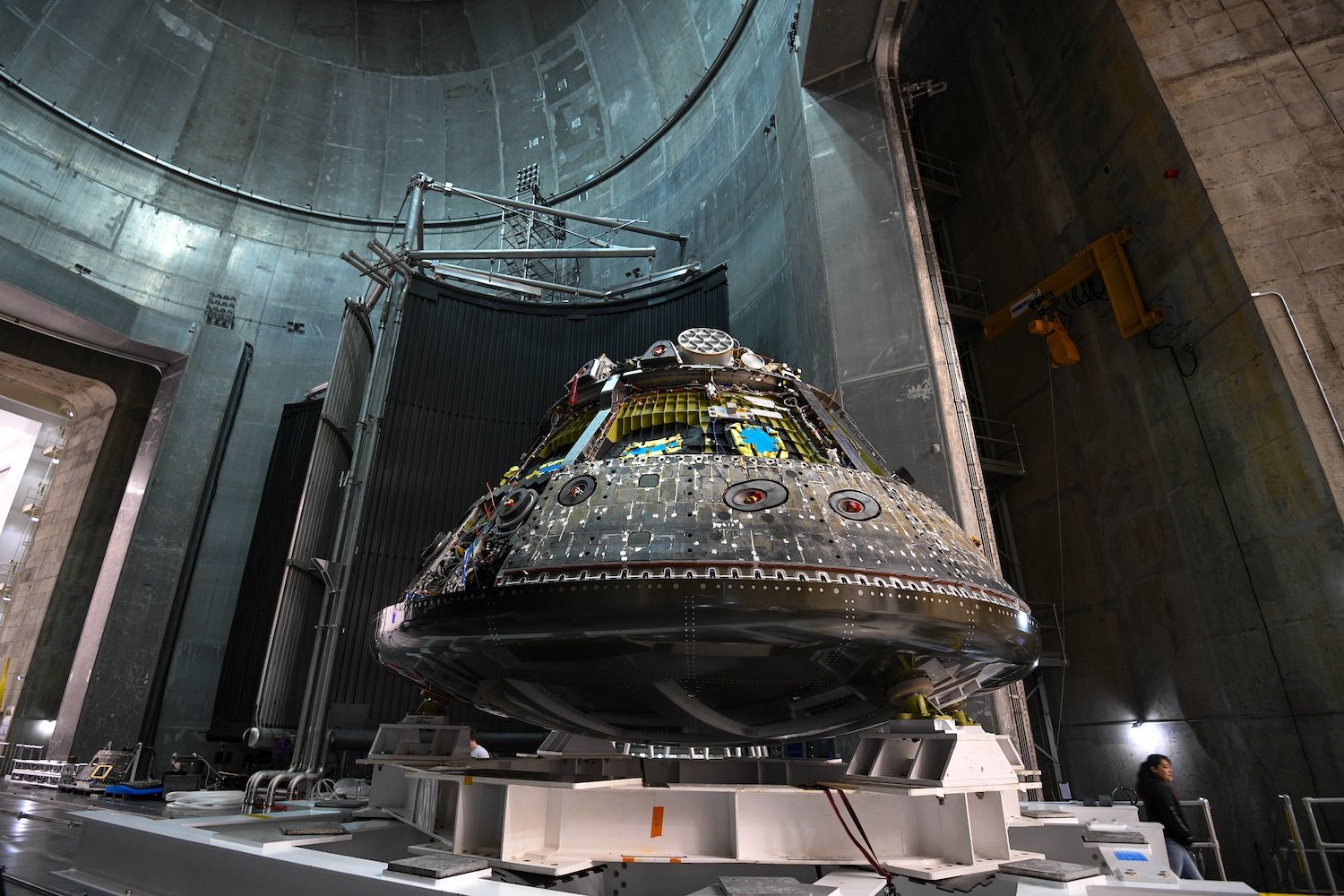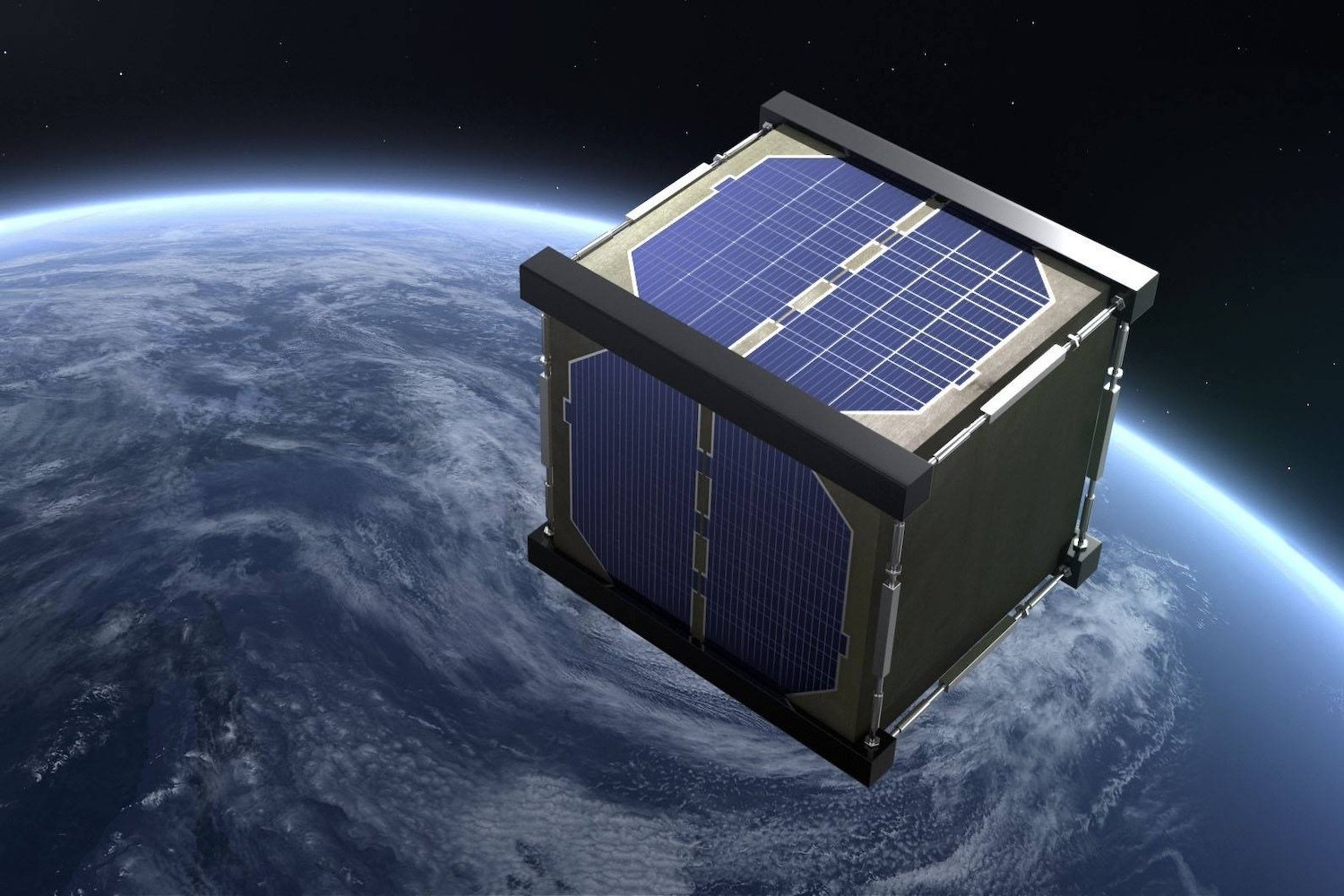SpaceX is gearing up for a pivotal orbital refueling test involving two Starship vehicles in early 2025. This ambitious endeavor will demonstrate Starship’s deep space capabilities and its potential for NASA’s Artemis lunar missions.
Kent Chojnacki, deputy manager of NASA’s Human Landing System program, recently revealed in a Spaceflight Now interview that the in-flight propellant test is slated for March 2025. This orbital demonstration is a critical milestone for Starship and a crucial element of SpaceX’s contribution to NASA’s return to the Moon.
Starship’s Orbital Refueling: A Critical Step for Deep Space Missions
Under a $53.2 million contract with NASA signed in 2020, SpaceX is tasked with developing Starship tankers for in-orbit propellant transfer. Previous tests, like the third Starship test flight, involved transferring approximately 10 metric tons of liquid oxygen between Starship’s header and main tanks in space. However, the upcoming demonstration represents a significant leap forward.
Two Starship vehicles will launch into low Earth orbit several weeks apart. Once in orbit, they will rendezvous and dock. One Starship will then transfer a substantial amount of propellant to the other. Following the transfer, the two Starships will undock and deorbit.
Chojnacki highlighted the importance of this test, stating, “Once you’ve done that, you’ve really cracked open the opportunity to move massive amounts of payload and cargo outside of the Earth’s sphere.” These in-flight propellant transfer tests are expected to conclude by summer 2025.
Enabling Long-Duration Space Missions
NASA’s focus on in-flight refueling aims to develop essential technologies for long-duration cryogenic fluid management. This capability is paramount for establishing a sustainable lunar presence and enabling future crewed missions to Mars.
Starship’s Role in Artemis 3: Lunar Landing and Beyond
SpaceX is developing a specialized Starship variant for the Artemis 3 mission, aiming to land humans on the Moon in September 2026. To achieve this, SpaceX plans to launch between eight and sixteen propellant tanker Starships into low Earth orbit in rapid succession. Each tanker will carry 100 to 150 tons of liquid oxygen and liquid methane, docking with a larger orbiting fuel depot.
This depot will then connect with the Human Landing System Starship, filling its massive 1,200-ton fuel tanks. After refueling, the Starship lander will embark on its journey to the Moon.
Starship Development and Recent Progress
While the development of Starship for NASA’s lunar missions has faced scrutiny for delays, SpaceX has made significant strides recently. In October, the Super Heavy booster, standing 232 feet tall, successfully completed its fifth test flight, landing gently in the launch tower’s arms. Simultaneously, the Starship upper stage achieved a controlled splashdown in the Indian Ocean. For Artemis, the Starship’s Human Landing System upper stage must be capable of pinpoint landings on the lunar surface.
Challenges and Future Outlook
Significant challenges remain for SpaceX, including achieving sustained orbital flight and mastering the complex in-orbit refueling maneuver. With NASA’s ambitious Artemis timeline, the pressure is on for SpaceX to deliver. Whether Starship will be fully ready by early next year remains uncertain.










